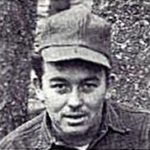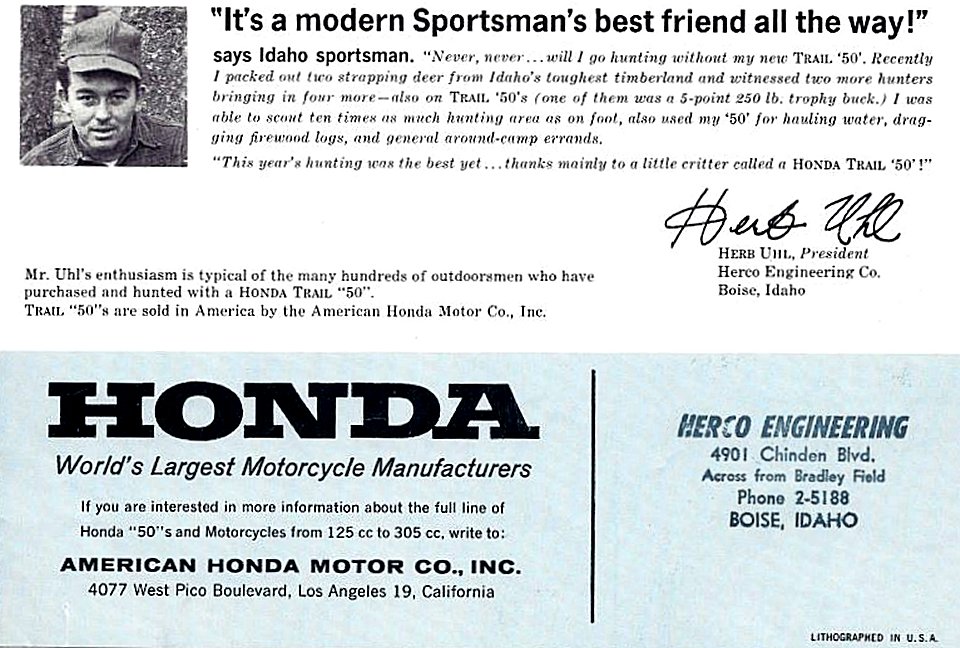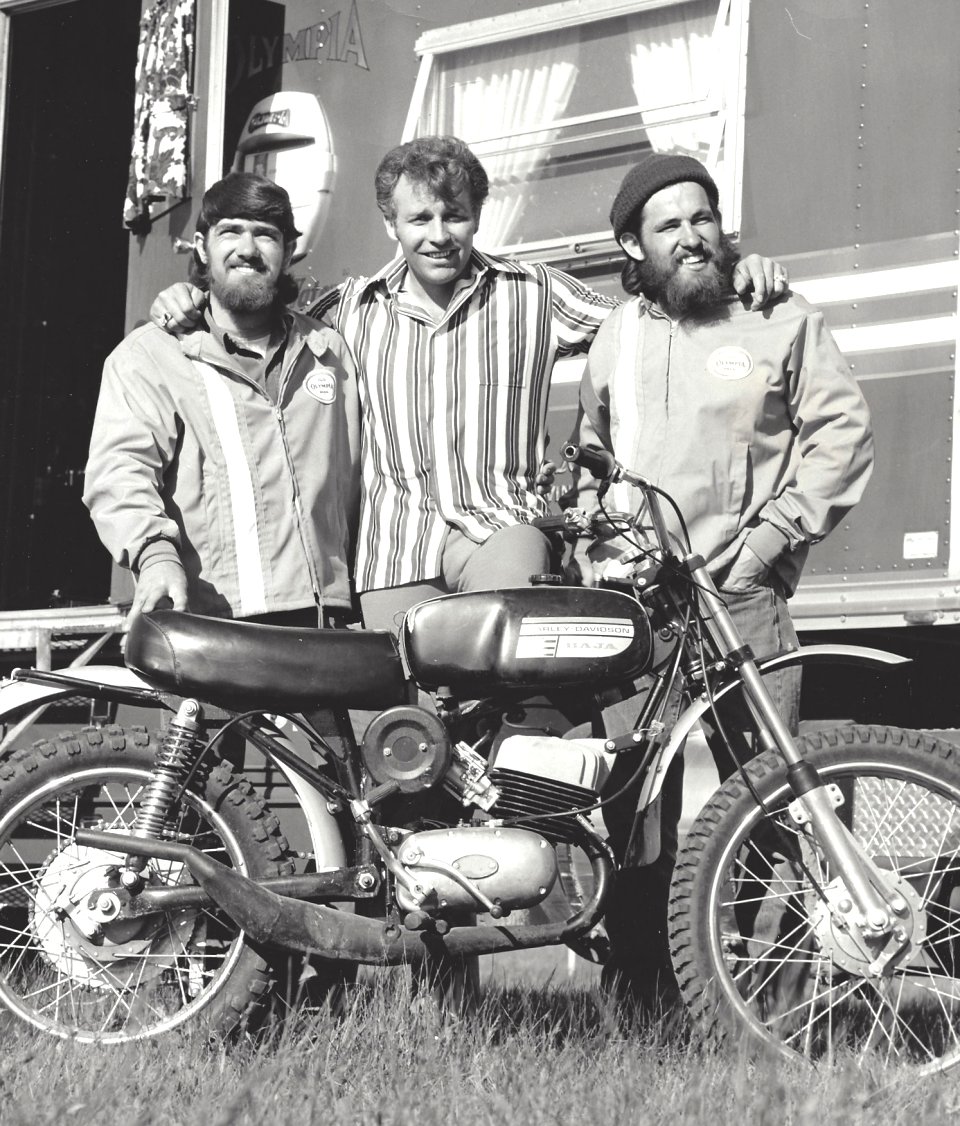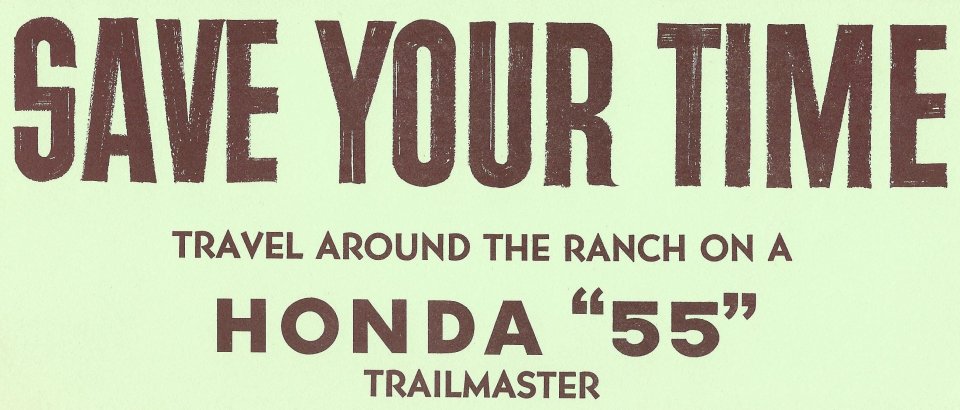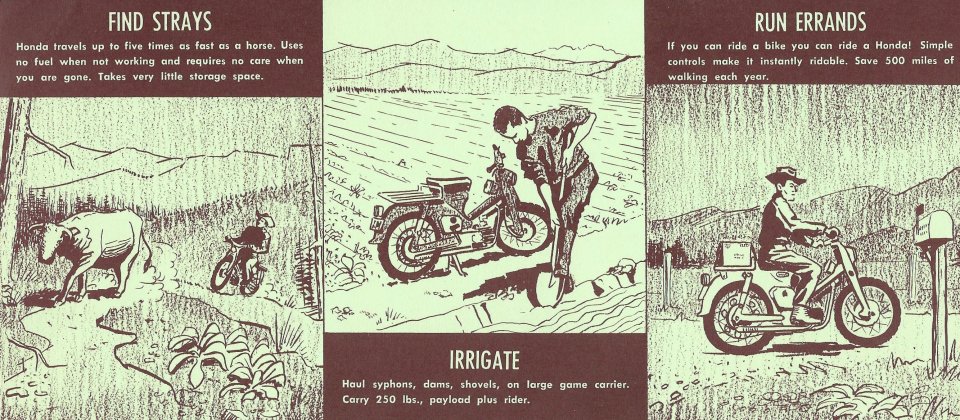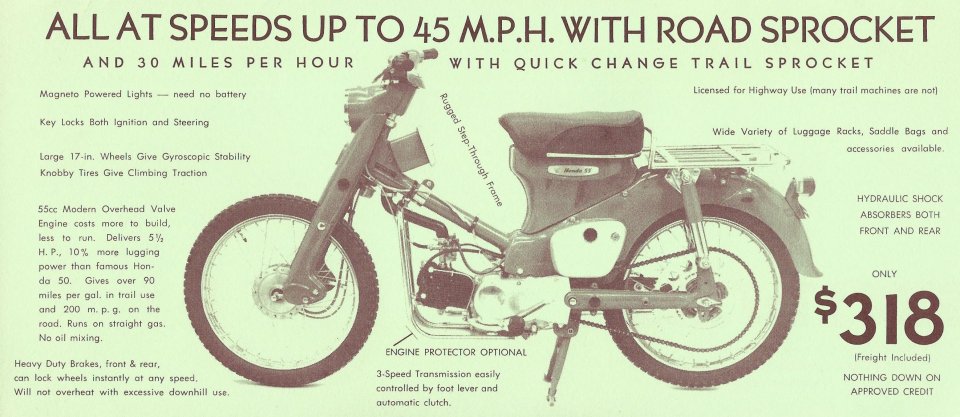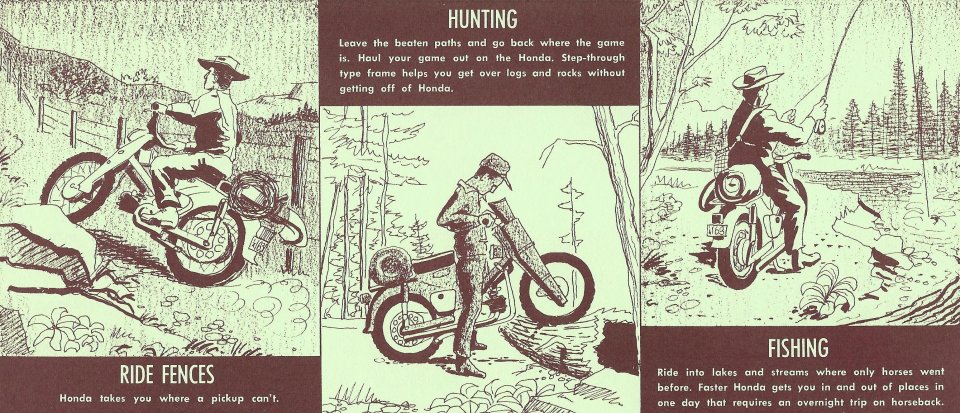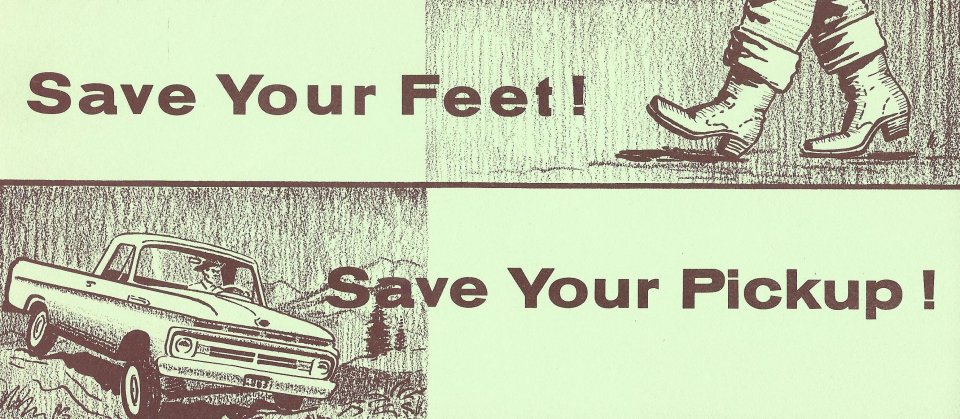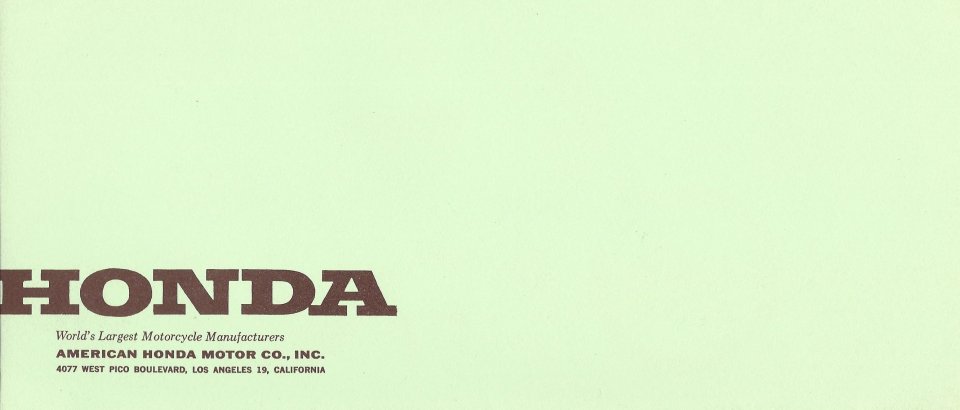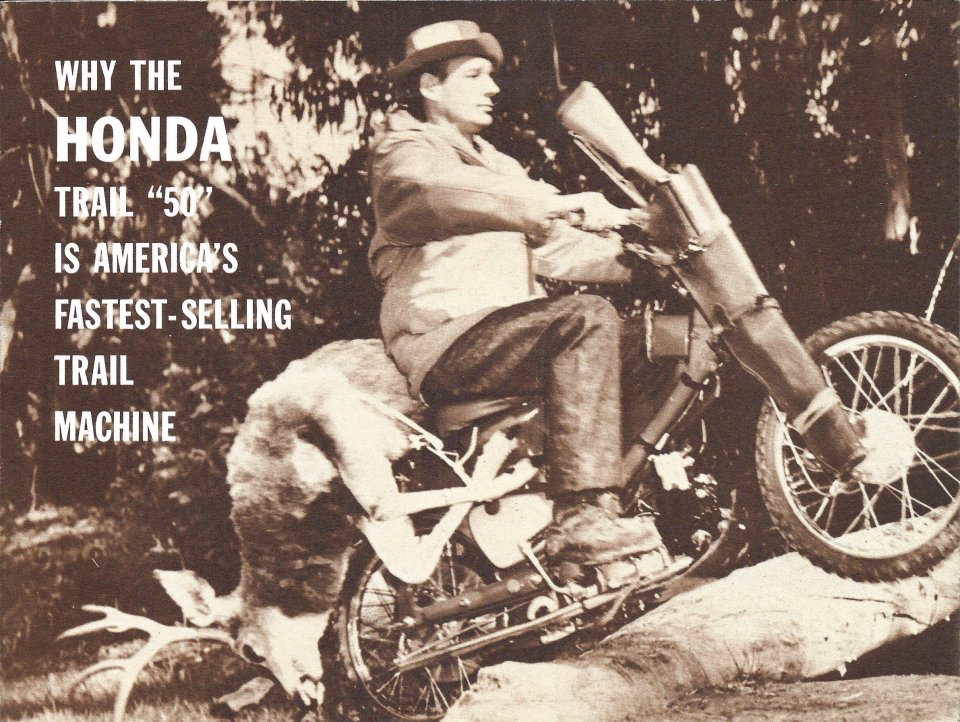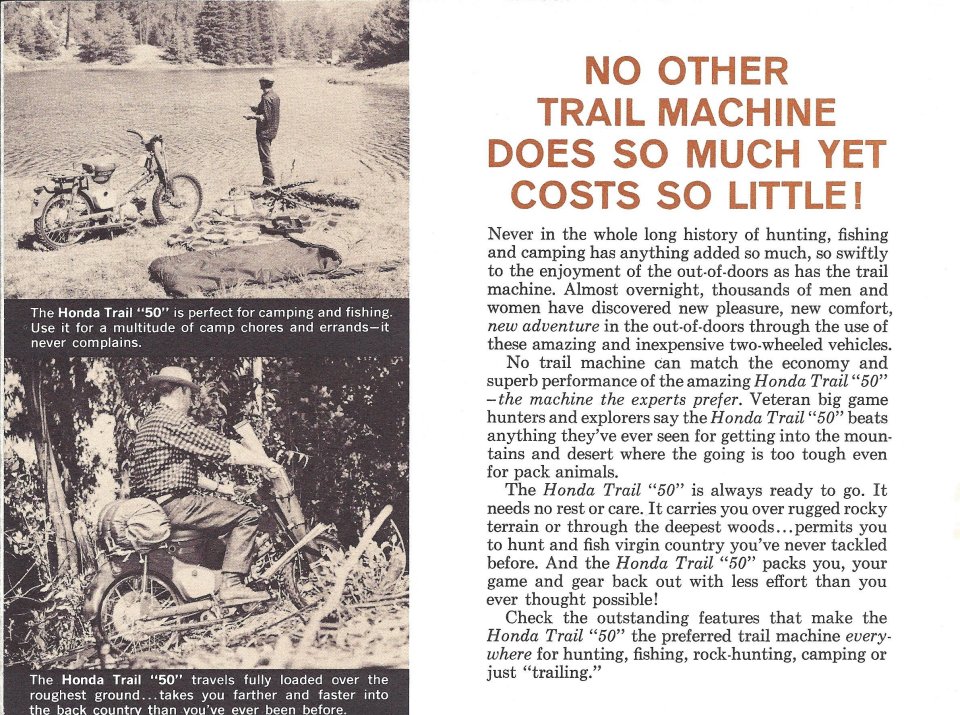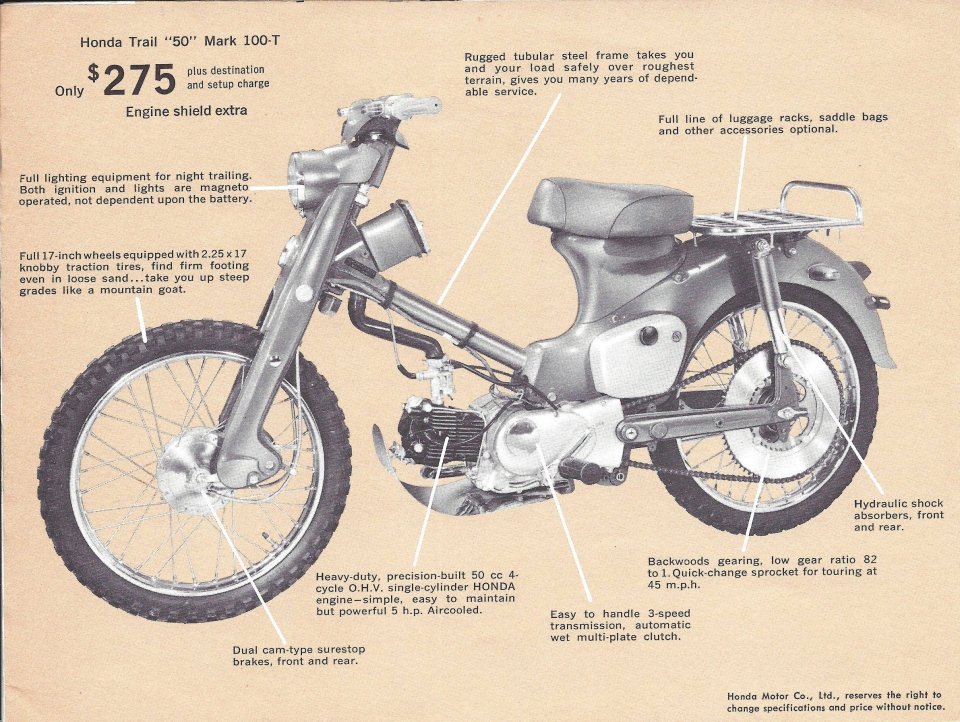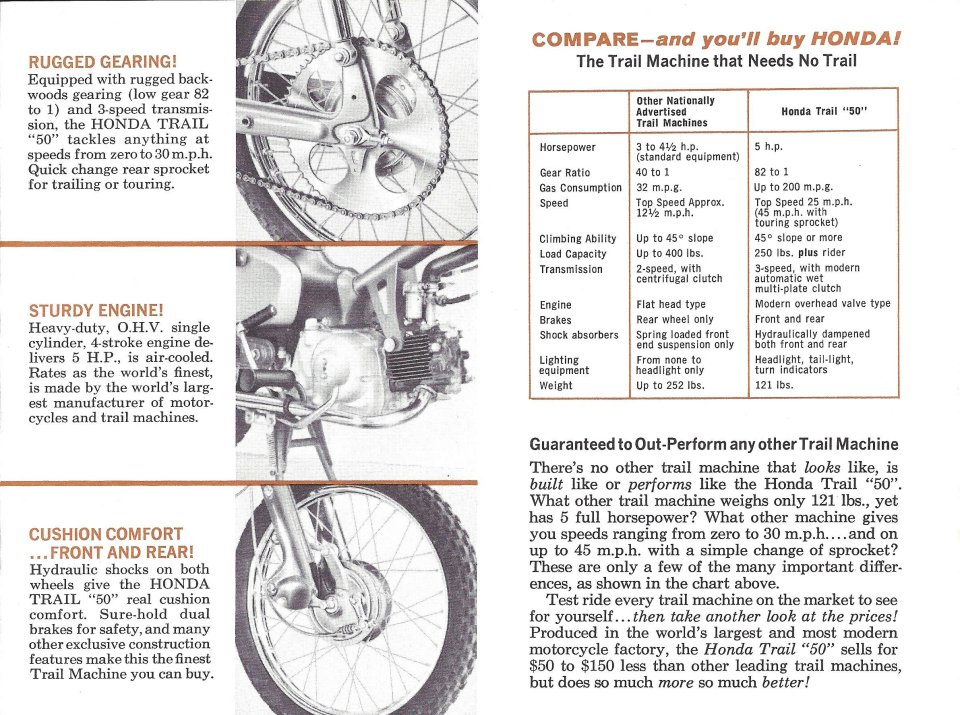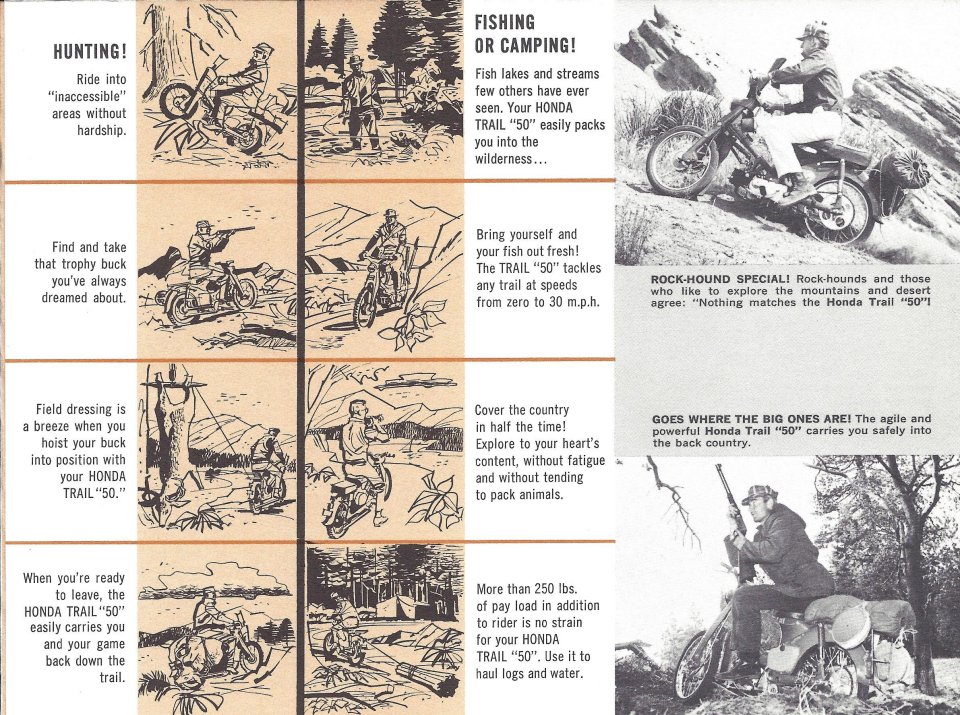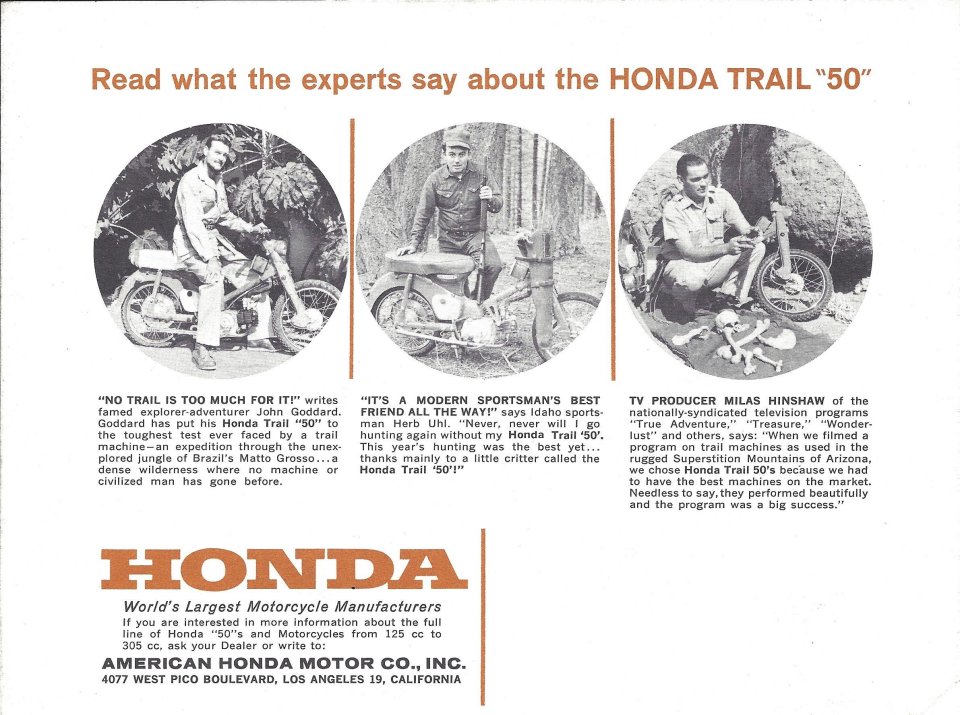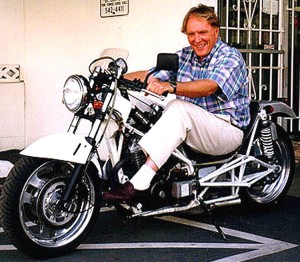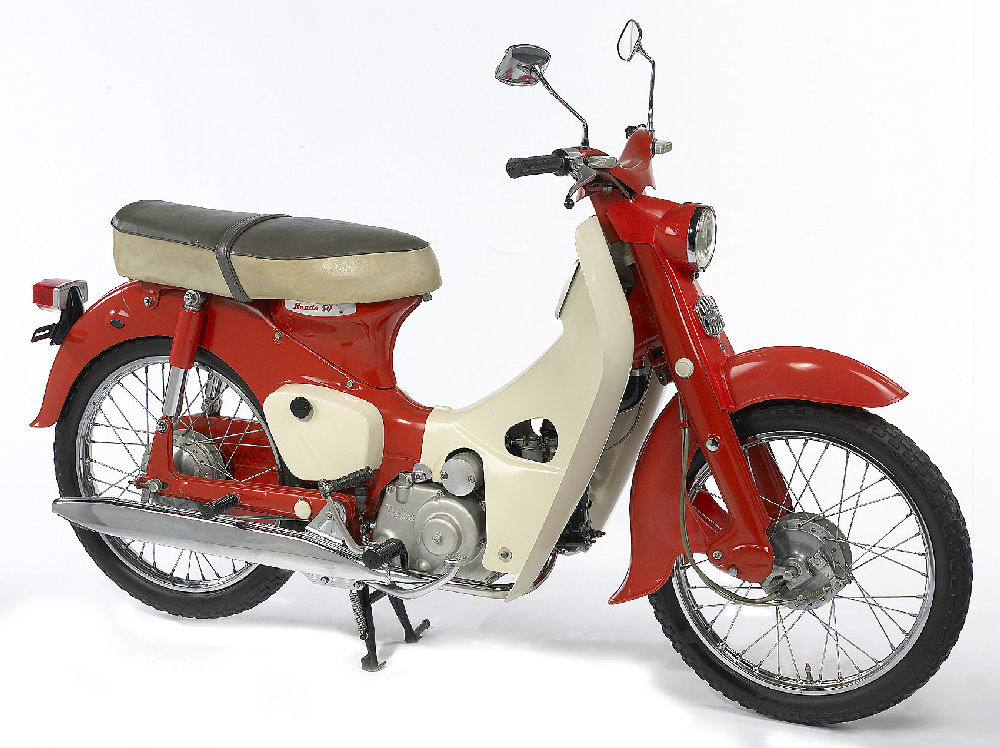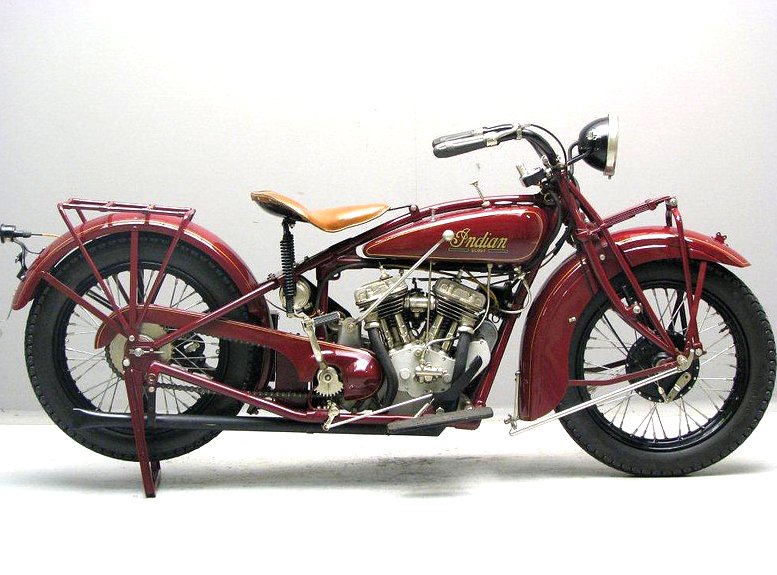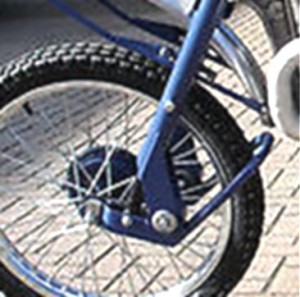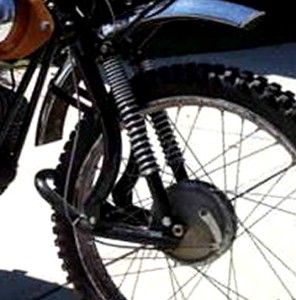I’m Herb Uhl, let’s start off in Boise Idaho. My wife at that time got hit by a car when she was riding her motorcycle and we got about 800 bucks for the damage. I fixed the motorcycle for a couple of hundred and the other five I put into the motorcycle business.
That was the start of the motorcycle business, 500 bucks. I opened my own dealership. I wanted off-road motorcycles because it was Boise Idaho, and very few people ever rode a motorcycle on the highway except to get to the hills in Boise Idaho at that time.
I wanted off-road motorcycles and so I took on Maico (m-a-i-c-o) and I they had Enduro motorcycles at that time. I know years later, Yamaha thinks they invented the name but Maico Enduros were available in 1955 – 56.
Herco h-e-r-c-o (Herb’s company) engineering was in Garden City, part of Boise. If you’re looking North it’s on the left. Simple as that.
I ordered a motorcycle, and I guess I sold a couple of them. Then the importer, Nicholas Gray, the importer at that time out of Detroit, came to see me, and he offered me motorcycles on consignment, which got me in the business. So, my total investment was $500.00.
You could ride from your house to the hills on a motorcycle without license plates. Nobody paid any attention. That’s what everybody did. Very seldom, anybody ever rode a motorcycle on the road. Well, there were a few road riders but not many.
There were a lot of dirt riders because the foothills were right there and so everybody went to the hills, and that was my interest too, I didn’t care about riding on the road. You can drive on the road, you don’t have to ride on it. And there were lots of old logging roads and old mining roads because there was a lot of mining that went on in that area. So, we explored all those old roads and rode in all kinds of places.
I ordered the first Hondas from Japan. In fact, I think I got the first Hondas that came into the U.S. A guy down in San Diego with the name of Sailor Maine also ordered about the same time. We both went into the motorcycle business.
They were actually off-road motorcycles. There was a little bitty article in Cycle World, I think at that time, that had a picture of this motorcycle. Honda, out of Japan, and everybody was wondering if the thing would be any good if it would be junk, or what it was?
It looked good to me, so I ordered a pair of them. I got them in and sold them almost instantly. I ordered more, and they wouldn’t sell me anymore because they weren’t serious motorcycles. Those were built in their race shop, and they didn’t realize that that’s what we wanted. They didn’t get the message for several years. They couldn’t understand it because we wanted motorcycles for off-road use.
When they moved to Los Angeles and set up American Honda, I was the first American dealer to contact them. That was when they were in an apartment house out on Sepulveda Boulevard. They were trying to figure out how to set up a distributorship in America. They were up in this big apartment in the apartment house.
The first bikes I got, I forget what the model was, but it wasn’t a series model. As I said, it was special. Then they came out with the CB 71, 72, and of course, the C-100, the Honda Cub. That was a little 50cc, and so as soon as they got set up on Sepulveda with American Honda in their little building front, I went down to see him. I ordered some of the Cubs and they had a little 150 as well, so I ordered some of those 150s, a couple of them, and ordered a couple of CB-72s and two or three Cubs. When they came in at Boise, I looked at those Cubs and wondered how I was ever going to sell them in Boise.
That’s when I started looking at them as, what I could do to them to make them so that people would want them. I got to looking at them and every time I walked by them, I looked down a little more and I decided that they would make a way better trail bike than the tote goats and so forth that people were using at that time.
There was a guy in Boise that built sprockets and had a machine to make sprockets. I ordered a sprocket to stick over the other one as an overlay. Then I ordered knobby tires for them because that would be necessary. It took several months for knobbies to come in for it.
I tried it out in the hills and found out that it actually worked really well, so I started building them and ordered them in. I guess I sold several hundred of them before Honda noticed that I was selling way more Honda Cubs than all of their dealers in the Greater Los Angeles area together. And these were city bikes, where they should have sold there but here I was selling them out in a little town in Idaho.
Jack McCormick from American Honda called and wondered what I was doing to sell all those little cubs because they weren’t moving. I told him to make them into trail bikes and so he said, “Send me one of them, so I can see what you’re doing.”
I sent it to him and he looked it over. They rode it around and played with it. Then they sent it on to Japan and told Japan that they wanted the exact same thing as a separate model. That was the start of the Honda Trail Bike. Of course, once Honda started building them, then all the other motorcycle companies copied Honda, and there was trail bike Yamaha, and Kawasaki, and everybody had a little trail bike of some kind. That started the ATV motorcycle business.
I was just selling motorcycles. It was just the way things were, you know, I was just selling lots of motorcycles.
(It didn’t bother you that they took your designs and made their own bike?)
No, really because it didn’t even occur to me that it was a big deal but that actually started the motorcycle-derived ATV. And that’s made the motorcycle companies more money than anything else that’s ever been done to motorcycles. That’s where it started, then the three-wheelers came, and from that then four-wheelers, and now side by sides.
In fact, if it wasn’t for that (Uhl’s trail bike design) the side-by-sides would probably say Chevy, Ford, and RAM instead of Kawasaki or Yamaha. So, that really started the off-road motorcycle business.
Getting to a little lake or something up in the mountains required a horse or a hell of a long walk. They were building little scooters with Briggs and Stratton engines on them with no suspension on either end so that they could go up into those places. They called those things “tote goats” which became a brand the company started up to build those little things. They had a piece of plywood on there with a little padding on it and covering for a seat and so forth.
I looked at that Cub and I said, “This will do a better job than that.” it was simple. Really, really simple. It was just looking at it and seeing another use for this piece of equipment that nobody was covering. There wasn’t anybody covering a proper trail bike, so I built a proper trail bike. Just by modifying that Cub and that’s all that was.
Honda never really understood the trail bike. They still don’t. And that you can tell by what they’ve done. In the first place, they didn’t realize that the seat height on the Cub had a lot to do with its appeal. The first thing they did when they designed their own, after copying mine, was to raise the seat height by about three or four inches. So, they never understood it.
They did finally understand that. Somebody told them they needed a high and low-range gearbox and they did that but they dropped it. That was the only thing that they contributed to the trail bike that really improved it, was a high/low-range gearbox.
This new one doesn’t have it. So, the new one is not a good road bike or a good trail bike. It’s neither one. What it is, is an off-road fun bike. That’s all it is. But if they’d left the high low-range gearbox in it, it would be a really good trail bike.
I made a bigger sprocket because it needed to have a lower range of gearing. I made a big sprocket that slipped on over the original and that made it a high/low-range gearing so that it could be used on the trail and that’s the way we sold them. If they wanted to use them on the road, they simply slip that sprocket off and put the chain down on the original sprocket and away you’d go. That was the main thing.
Then they had a leg shield on it and I took all that off. I took their bigger muffler off and put on a small pipe, again for clearance, and so forth. I moved the shock. The shock had to be moved at the top of the shock to give room for the sprocket to clear. I simply did that, moved the bottom of the shock out to the outside of the swing arm instead of the inside, and that gave clearance. Really, that’s all I had to do. And added the knobby tires.
They already had the trail bike. It was already in that design. They just didn’t know it.
The feedback I got from my customers was the best you can get. They were loving it and they and their friends were coming in and buying them too. Now that’s the best feedback you can get.
Special thanks to Callum Blackmore, Eric Stoothoff, and Adam Bale for helping to get the word out. Maybe someday, someone will make an even better trail bike.
